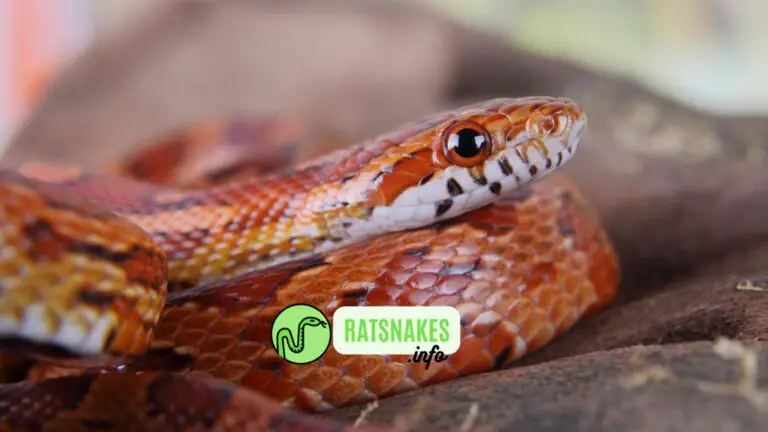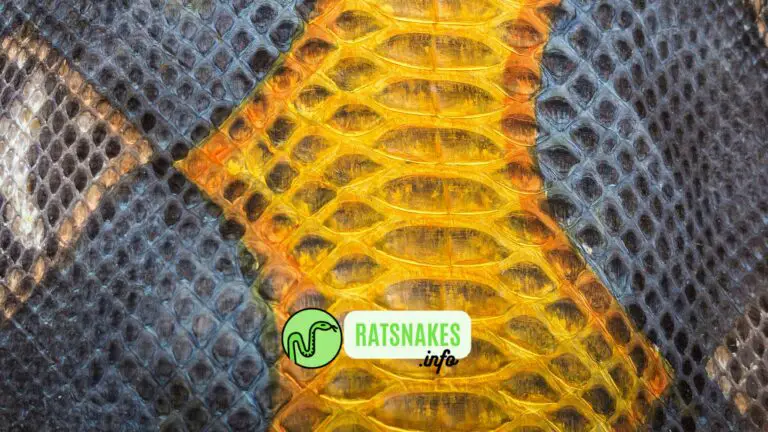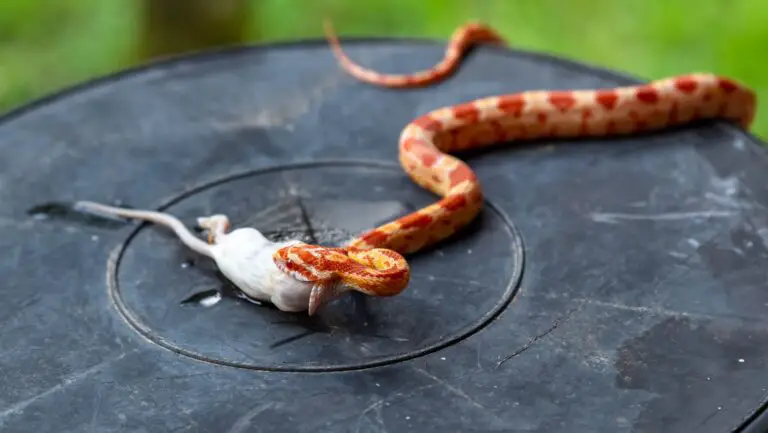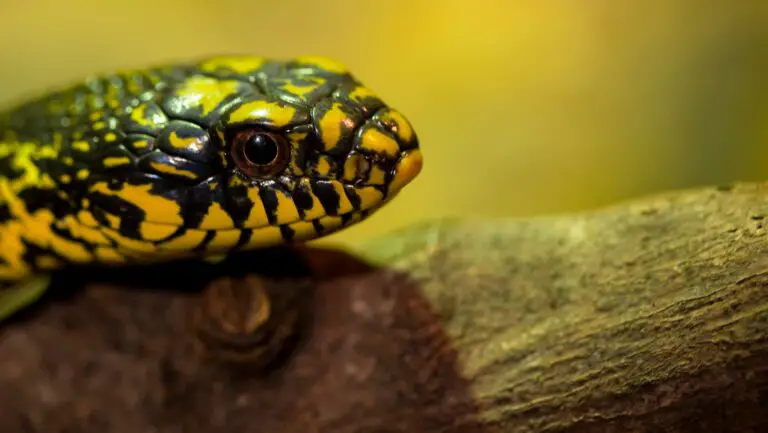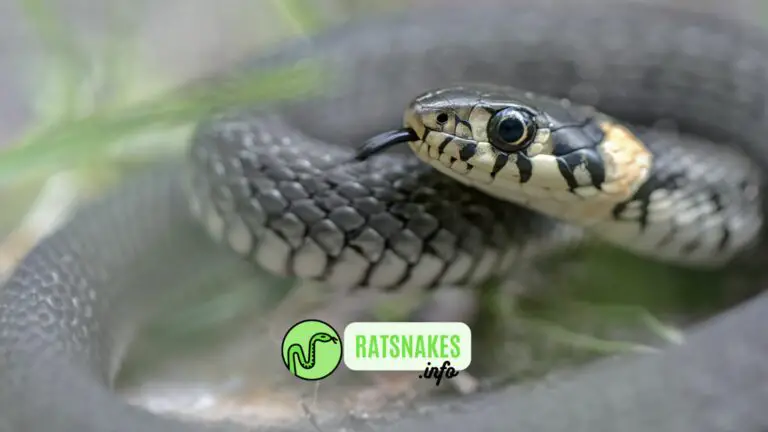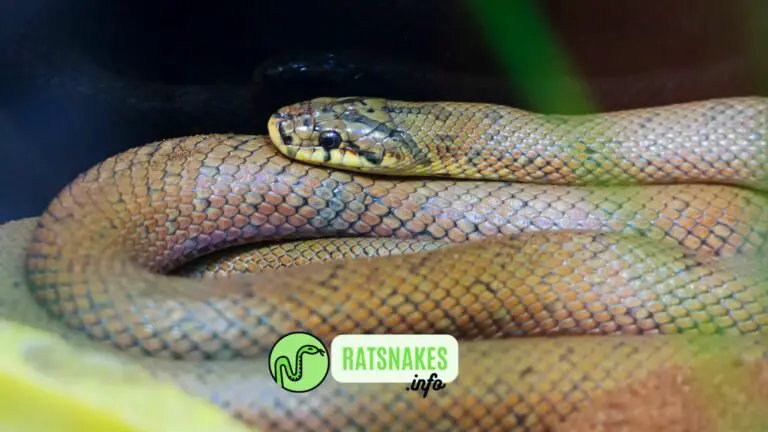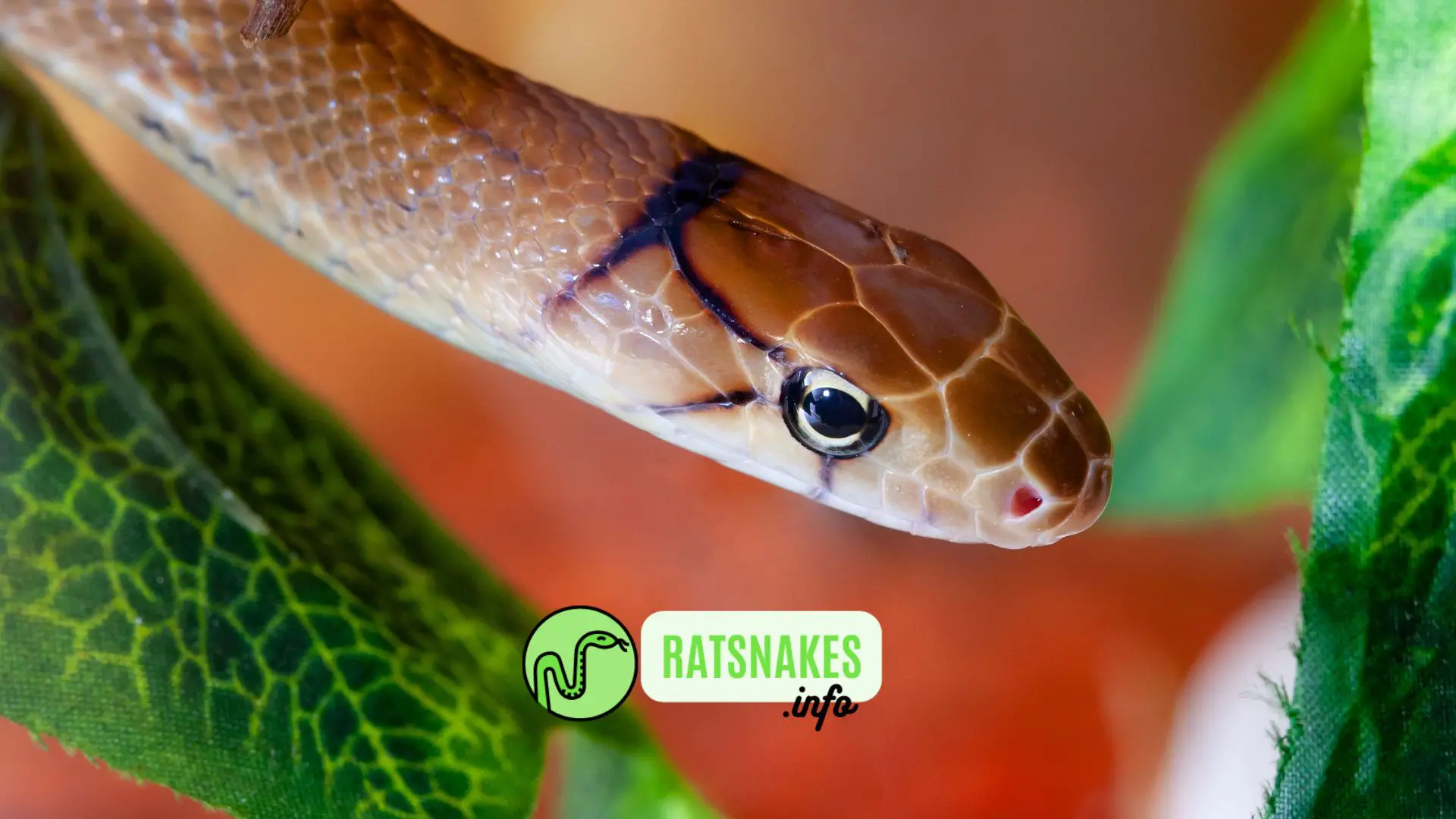
In recent years, there have been changes in the classification and taxonomy of ratsnakes (genus Pantherophis) due to advancements in genetic research. As a result, some species have been reclassified or renamed. Additionally, scale counts are used as one of the characteristics to differentiate between different species or subspecies of ratsnakes. Here’s an overview of ratsnake reclassification and scale counts:
Reclassification:
The reclassification of ratsnakes is an ongoing process as scientists refine their understanding of the relationships between different species. For example, the Eastern Ratsnake (Pantherophis alleghaniensis) has been reclassified as Pantherophis spiloides, and the Western Ratsnake (Pantherophis obsoletus) has been divided into three distinct species: Pantherophis obsoletus, Pantherophis lindheimeri, and Pantherophis vulpinus. These changes reflect the recognition of previously unrecognized species or subspecies based on genetic differences.
Scale Counts:
Scale counts are one of the tools used by herpetologists to identify and differentiate between ratsnake species or subspecies. The scales on a snake’s body are counted and compared to established patterns for each species. Some of the scales counted and considered in the identification process include ventral scales (scales on the belly), subcaudal scales (scales on the underside of the tail), and dorsal scales (scales along the back).
Scale count variations can help distinguish between different populations, subspecies, or even closely related species. However, it’s important to note that scale counts alone may not be sufficient for definitive identification, as they can sometimes overlap between different taxa or exhibit individual variation within a species.
Ratsnake Scale Counts
Major changes have been made to the classification of both Old World & New World Ratsnakes over the last several years. A summary of reclassifications follows below.
| Old name | New name | Common Name |
| Elaphe (Maculophis) bella bella | Archelaphe bella bella | Bella’s Ratsnake |
| Elaphe (Maculophis) bella chapaensis | Archelaphe bella chapaensis | Chapa Ratsnake |
| Elaphe erythrura | Coelognathus erythrurus | Philippene’s Ratsnake |
| Elaphe flavolineata | Coelognathus flavolineatus | Yellow Stripe Ratsnake |
| Elaphe helena | Coelognathus helena | Trinket Snake |
| Elaphe radiata | Coelognathus radiatus | Radiated Ratsnake |
| Elaphe subradiatus | Coelognathus subradiatus | Indonesian Ratsnake |
| Elaphe schrenki anomala | Elaphe anomala | Amur Ratsnake |
| Elaphe bimaculata | Elaphe bimaculata (unchanged) | Twin Spot Ratsnake |
| Elaphe carinata | Elaphe carinata (unchanged) | Stinking Goddess |
| Elaphe climacophora | Elaphe climacophora (unchanged) | Japanese Ratsnake |
| Elaphe dione | Elaphe dione (unchanged) | Diones Ratsnake |
| Elaphe quadrivigata | Elaphe quadrivigata (unchanged) | Japanese Fourlined Ratsnake |
| Elaphe schrenki schrenki | Elaphe schrenki | Russian Ratsnake |
| Elaphe quatuorlineata sauromates | Elaphe sauromates | Eastern Fourlined Ratsnake |
| Elaphe quatuorlineata quatuorlineata | Elaphe quatuorlineata | Western Fourlined Ratsnake |
| Elaphe conspicillata | Euprepiophis conspicillatus | Japanese Forest Ratsnake |
| Elaphe mandarina | Euprepiophis mandarinus | Mandarin Ratsnake |
| Elaphe perlacea | Euprepiophis perlaceus | Pearl Banded Ratsnake |
| Elaphe janseni | Gonyosoma janseni | Celebe Black Tailed Racer |
| Elaphe oxycephala | Gonyosoma oxycephalum | Red Tailed Racer |
| Elaphe rufodorsata | Oocatochus rufodorsatus | Red Backed Ratsnake |
| Elaphe porphyracea | Oreocryptophis porphyraceus | Bamboo Ratsnakes |
| Elaphe cantoris | Orthriophis cantoris | Cantor’s Ratsnake |
| Elaphe hodgsonii | Orthriophis hodgsonii | Hodgson’s Ratsnake |
| Elaphe moellendorffi | Orthriophis moellendorffi | Hundred Flower Snake |
| Elaphe taeniura | Orthriophis taeniurus | Beauty Snakes |
| Elaphe bairdi | Pantherophis bairdi | Bairds Ratsnake |
| Elaphe guttata | Pantherophis guttatus | Cornsnake |
| Elaphe obsoleta | Pantherophis obsoletus | North American Ratsnakes |
| Elaphe vulpina | Pantherophis vulpinus | Fox Snakes |
| Elaphe flavirufa | Pseudelaphe flavirufus | Night Snakes |
| Elaphe (Gonyosoma) frenata | Rhadinophis frenatus | Rein Snake |
| Elaphe (Gonyosoma) prasina | Rhadinophis prasinus | Green Bush Snake |
| Elaphe scalaris | Rhinechis scalaris | Ladder Snake |
| Elaphe hohenackeri | Zamenis hohenackeri | Transcaucasian Ratsnake |
| Elaphe lineata | Zamenis lineatus | Italian Aesculapian Snake |
| Elaphe longissima | Zamenis longissimus | Aescalapian Snake |
| Elaphe persica | Zamenis persicus | Persian Ratsnake |
| Elaphe situla | Zamenis situla | Leopard Snake |
Asiatic Ratsnake Scale Counts
Asiatic ratsnakes, also known as Asian ratsnakes or Elaphe ratsnakes (genus Elaphe), are a diverse group of non-venomous snakes found in various parts of Asia. Here are the scale counts typically associated with some common Asiatic ratsnake species:
| Species | Ventral Scales | Subcaudal Scales | Dorsal Scale Rows |
|---|---|---|---|
| Japanese Ratsnake | 190-204 | 55-70 | 19-21 |
| Chinese Ratsnake | 203-228 | 61-82 | 19-21 |
| Taiwan Ratsnake | 207-232 | 59-74 | 21-23 |
| Korean Ratsnake | 198-213 | 61-82 | 19-21 |
| Indo-Chinese Ratsnake | 211-230 | 65-80 | 21-23 |
| Red-tailed Ratsnake | 215-238 | 73-97 | 19-21 |
| Malayan Ratsnake | 215-238 | 73-97 | 19-21 |
| Ryukyu Ratsnake | 190-204 | 50-65 | 17-19 |
| Amur Ratsnake | 215-238 | 71-91 | 19-21 |
| Mangshan Ratsnake | 215-230 | 75-86 | 19-21 |
Please note that these scale counts represent typical ranges and may vary slightly among individuals within each species. Scale counts should be used in combination with other identifying characteristics and verified with reliable sources or herpetological experts for precise identification. Additionally, taxonomy and nomenclature can change as new research emerges, so it’s advisable to stay updated with the latest scientific literature in the field.
European Ratsnakes Scale Counts
| Species | Ventral Scales | Subcaudal Scales | Dorsal Scale Rows |
|---|---|---|---|
| Aesculapian Ratsnake | 209-236 | 68-94 | 21-23 |
| Balkan Ratsnake | 200-219 | 60-76 | 23-25 |
| Italian Ratsnake | 197-215 | 61-76 | 23-27 |
| Dalmatian Ratsnake | 197-215 | 57-72 | 23-27 |
| Russian Ratsnake | 197-214 | 56-73 | 25-31 |
| Montpellier Ratsnake | 201-221 | 58-77 | 23-27 |
| Iberian Ratsnake | 197-213 | 55-72 | 25-31 |
| Leopard Ratsnake | 205-233 | 55-76 | 21-27 |
| Central Asian Ratsnake | 203-227 | 64-88 | 19-23 |
| Greek Ratsnake | 193-221 | 47-75 | 23-27 |
Please note that these scale counts represent typical ranges and may vary slightly among individuals within each species. Scale counts should be used in combination with other identifying characteristics and verified with reliable sources or herpetological experts for precise identification. Additionally, taxonomy and nomenclature can change as new research emerges, so it’s advisable to stay updated with the latest scientific literature in the field.
American Ratsnakes Scale Counts
Here’s a table showcasing the scale counts commonly associated with American rat snakes (genus Pantherophis):
| Species | Ventral Scales | Subcaudal Scales | Dorsal Scale Rows |
|---|---|---|---|
| Eastern Ratsnake (P. spiloides) | 197-229 | 57-79 | 27-33 |
| Western Ratsnake (P. obsoletus) | 204-230 | 59-78 | 27-33 |
| Gray Ratsnake (P. spiloides) | 213-239 | 66-90 | 25-29 |
| Texas Ratsnake (P. spiloides) | 199-217 | 59-79 | 27-33 |
| Black Ratsnake (P. obsoletus) | 200-221 | 55-77 | 27-33 |
| Yellow Ratsnake (P. obsoletus) | 207-230 | 65-82 | 27-33 |
| Everglades Ratsnake (P. spiloides) | 191-215 | 52-69 | 27-33 |
Please note that these scale counts represent typical ranges and may vary slightly among individuals within each species. It’s important to use scale counts in conjunction with other identifying characteristics and consult reliable sources or herpetological experts for precise identification. Additionally, taxonomy and nomenclature can change as new research emerges, so staying up to date with the latest scientific literature is advisable.
Summary
To accurately identify a ratsnake or understand the latest classification, it is advisable to consult updated taxonomic references, field guides, or herpetological experts who specialize in the study of these snakes. These sources can provide the most current information on reclassification and the specific scale counts associated with different ratsnake species or subspecies in your area of interest.
Remember that taxonomy and nomenclature can change over time as new research emerges, so staying up to date with the latest scientific literature is essential for accurate identification and understanding of ratsnake classification.

